The Mezcal Moment
Five or six years ago, if you had walked into a bar and asked for mezcal, or a mezcal cocktail, chances are you would've gotten a blank look.
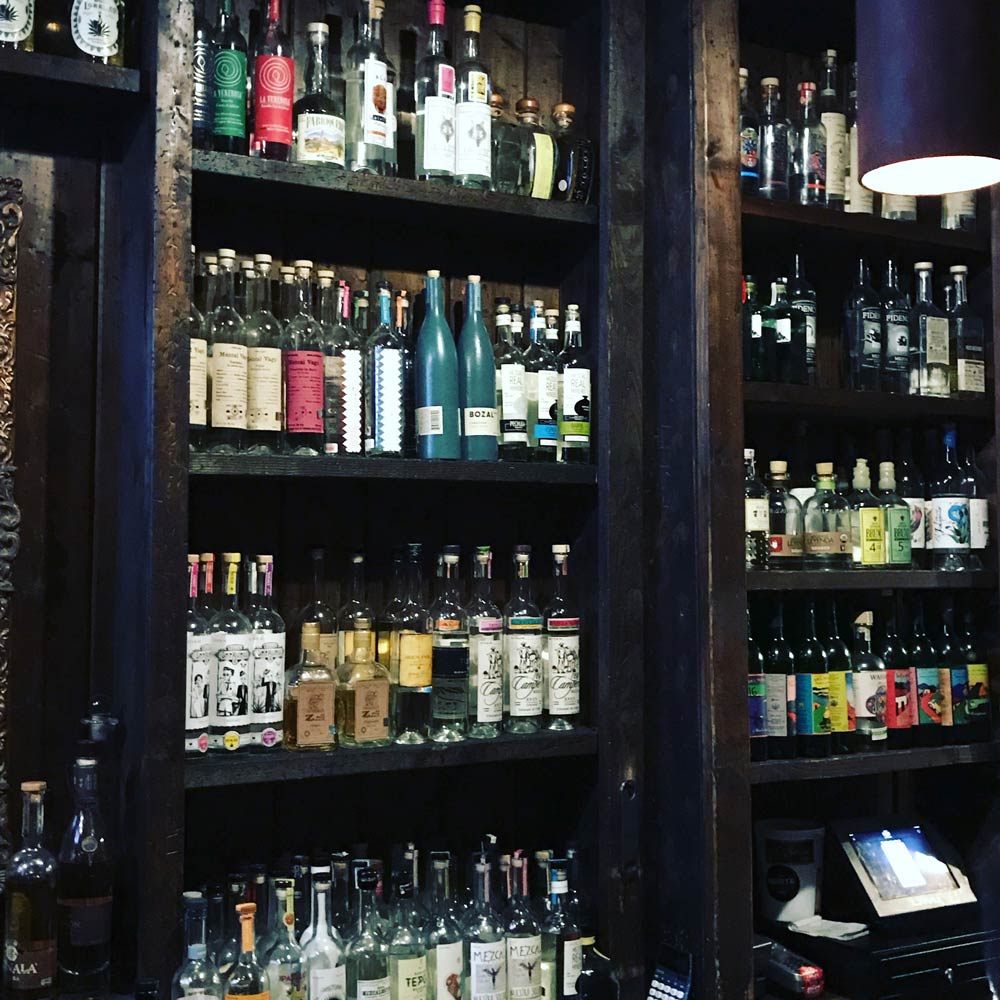
I know this because when my business partner (Max Garrone) and I started Mezcalistas in 2012, we had a readership of three people – my mother, Max’s wife, and Ron Cooper. The divine elixir had yet to have a profile piece written, aside from us. And, besides the people who had traveled to Oaxaca, no one knew what it was.
Fast forward to today. The mezcal category has seen 25%+ growth year over year since 2013. It remains the fastest growing spirits category, although to be fair, when we translate that to market share we are talking about a spirit that has grown from less than 0.1% of the market to just around 1.2%. A tiny fraction, and yet we see the giant international spirit companies scrambling to add mezcal to their portfolio, or in some cases, re-market and/or re-tool its tequila to resemble a mezcal through packaging (more craft, less va-va-voom), name (Patrón and its Smokey Tequila), or through proof (still strength, or 45-47% ABV). We’ve even got celebratory weeks (London Mezcal Week, Mezcal Week) dedicated to it!

Above: Mezcal has been making quite the impression over the past couple of years.
So how and why did this happen? As much as I would like to claim that Mezcalistas was responsible, I think it really comes down to a perfect storm of three different things – myth, provenance, and a desire for authenticity in a world that has become increasingly homogenised and commoditised. Plus, it’s hands down delicious.
Many of us in the industry like to talk about how mezcal found us. It usually happened in Oaxaca, the Mexican state that for generations has produced the most mezcal, where you were introduced to it at a party, market, or street corner. Somehow it found its way to you.
And you were enthralled because it tasted of the land. Oaxaca is magical – it weaves its food, smells, colors, and light all around you and you are a goner. And so, of course, you feel the need to learn more about this spirit and that’s when you learn of Mayahuel, the origin story of mezcal and of the world’s greatest tragic love story. You are caught, hook, line and sinker.
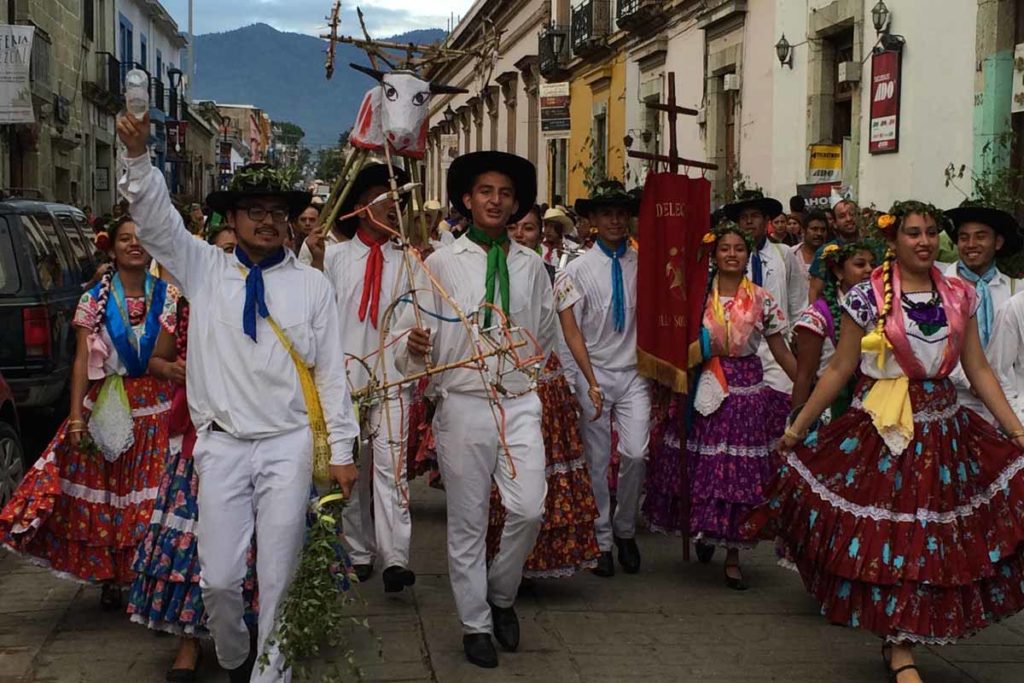
Above: Guelaguetza Dancers, Oaxaca.
Quetzalcoatl, the god of intelligence and patron saint of priests, and Mayahuel, a goddess of fertility, were the original Romeo and Juliet. They fell in love and then had to escape an enraged demonic grandmother – hiding themselves by turning into trees and standing close enough that their leaves could caress each other. They were, of course, discovered and Mayahuel was killed during the battle. Quetzalcoatl buried her remains, and then left to exact his revenge. He succeeded, but his grief was deep. He cried every day over Mayahuel’s grave until, one day, a plant began to grow and the other gods, so struck by his devotion, gave the plant special properties to produce an elixir in order to comfort Quetzalcoatl in his grief. This plant was the agave, and the elixir pulque, which eventually – when the process of distillation was introduced – became mezcal.
Para todo mal, mezcal y para todo bien tambien – for everything bad, mezcal, and for everything good as well.
In addition to this great myth, there are also the stories of each mezcal maker engraved onto their rough hands, scarred feet, injured eyes. We consumers are drawn to stories that give meaning behind a product. That mezcal is small production – even the largest brands can still only produce about 360,000 liters a year, or 60,000 cases – only enhances the allure. Let’s compare that to the smallest tequila brand in the market, which can produce 200,000 cases per year.
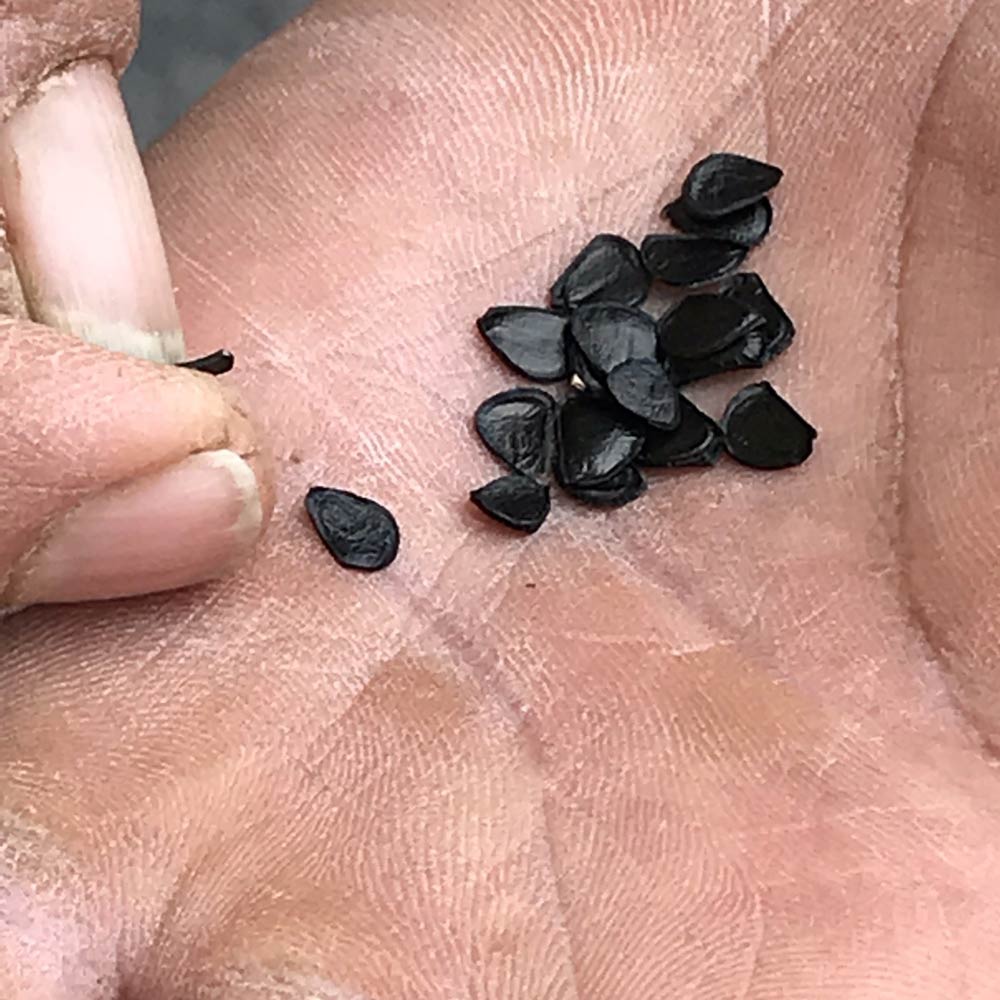
Above: Agave seeds on scarred hands, Oaxaca.
Then there’s what is inside each bottle – a spirit made only of agave, water, and natural yeast, with the hands of the palenquero guiding it through its production process. The flavor of each batch can vary significantly, depending on what agave is being used and where it came from, what kind of soil and altitude it was grown in, how intense the temperature, how rainy and dry seasons were during its maturation.
These are all factors that impact each agave’s sugar content. Because the roasted and crushed agave are fermented in open air vats the type of wild yeasts in the air can vary, creating subtle changes in flavor. And then of course there is the water – spring, river, well or distilled water each has a distinctly different flavor. And finally, there is the maker him/herself and how they balance the flavors and alcohol level during the distillation process. This is so simple, and yet sometimes in simplicity you’ll find the most complicated things. We value wines for their vintage years, for their varietals, for the house from where they come. It should be no different for mezcal – these are products of and by the land, true expressions of provenance.
“I oftentimes refer to mezcal as the anti-spirit spirit because it is everything that tequila, vodka, bourbon, whiskey, and gin isn’t.”
Of course I am speaking of craft and tradition and not of the industrialized products that flood the market in order to meet demand for an increasingly cheaper and cheaper product. I oftentimes refer to mezcal as the anti-spirit spirit because it is everything that tequila, vodka, bourbon, whiskey, and gin isn’t. Yes all of these categories have craft productions, but they are the aberration, not the norm. Today, as mezcal demand is exploding, it is still a category that is dominated by traditionally made products.
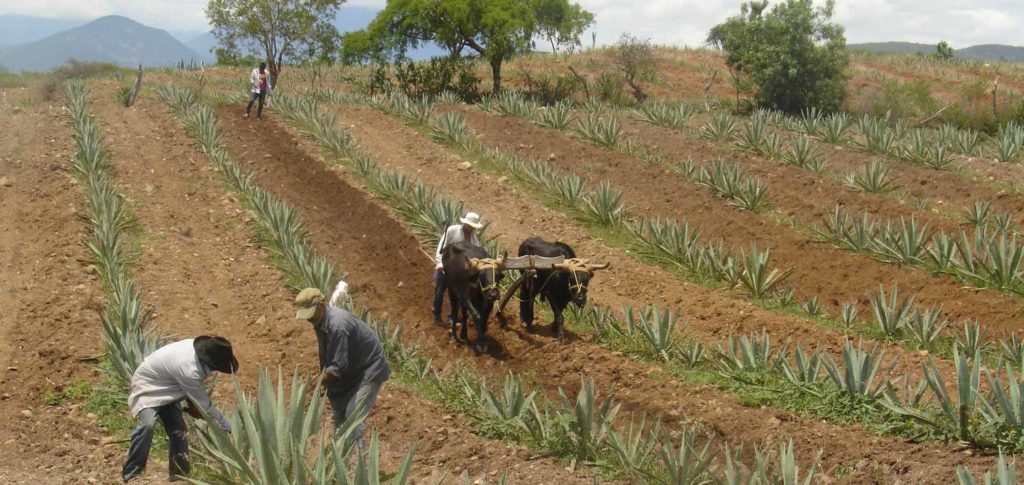
Above: Agave fields in the Sierra Sur, Oaxaca.
While that may be changing, we as consumers have the power and ability to demand that the product not become like every other commodity – by accepting the flavor variations from batch to batch, by asking questions, by paying a higher price for this premium product so as not to continue a pattern of a race to the bottom when it comes to pricing. We need to be responsible.
We cannot ignore the impact of our demand for mezcal. What we love about it, the story, the connection to land and culture, the incredible complex flavors, can so easily be destroyed by our consumer-based culture and our need for everything to be delivered on demand. We have an unfortunate tendency to love things to death. Agave distillates, historically speaking, were made for ceremonial purposes, and in the case of the Aztecs, was only for consumption by high priests or noblemen. By turning it into an everyday commodity, through craft cocktails or shots, we are placing huge demands on natural resources in Mexico and fundamentally changing the economics of communities that have long been exploited through mining, coffee, avocados, limes, and labour.
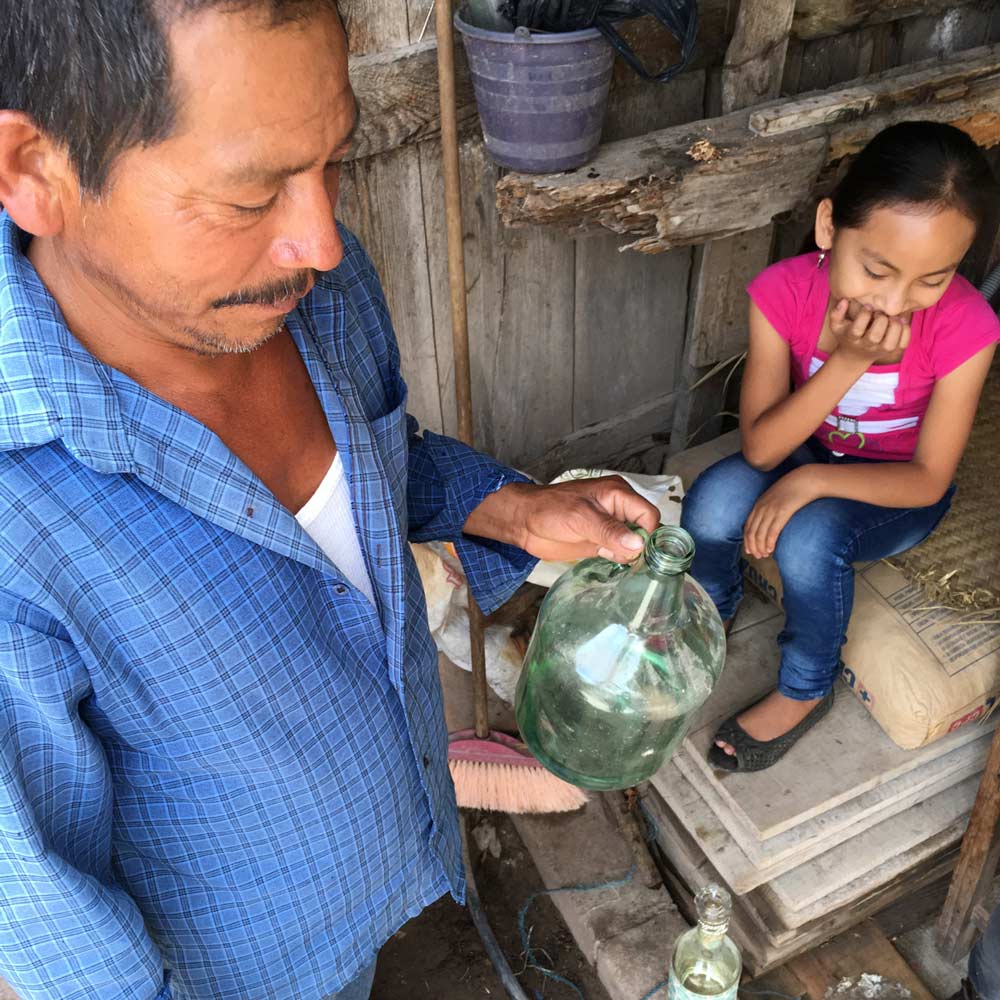
“We have to ensure actual communities are benefitting from the growth of mezcal.”
The five largest tequila brands are now owned by international conglomerates, which means fewer pesos go to the local market. As consumers, we need to think about the impact our drinking habits have, and ask deeper questions about what it is we are putting in our mouth. We ask these questions about food – where it comes from, how it’s grown, who the farmer is, but we rarely ask about what we are drinking, which really is far more important given how much more we drink than eat. We have to start asking how mezcal is made. Are we protecting natural resources? Are people being fairly compensated? Are communities benefiting?
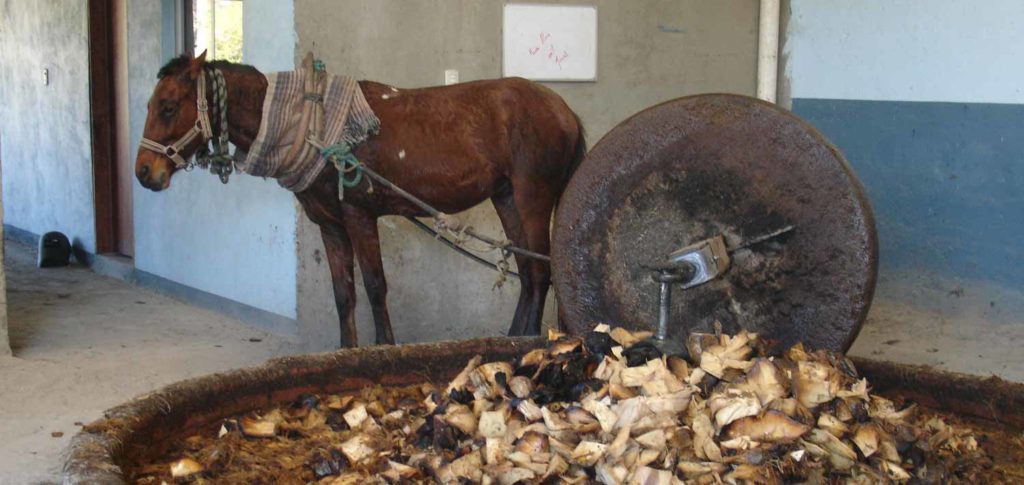
This is a terrific time to celebrate mezcal, and to not just be a passive consumer. Take the opportunity to learn everything you can this week through the tastings, dinners, seminars, etc – purposeful or mindful drinking if you will. This is how we begin to take the steps that will help ensure the sustainability and viability of this magical elixir.
Susan Coss is the co-founder of Mezcalistas, a media, events and consulting company dedicated to spreading the gospel of mezcal that launched in 2012. She is also the co-founder of the Mezcal Collaborative, which represents the category of mezcal in the United States and globally outside of Mexico. It exists to educate the world on what mezcal is and why you should drink more of it. The goals are to increase category growth responsibly, build a common education platform, and create the high impact marketing campaigns that mezcal deserves. The Collaborative is a voluntary membership organization governed by an advisory board.
